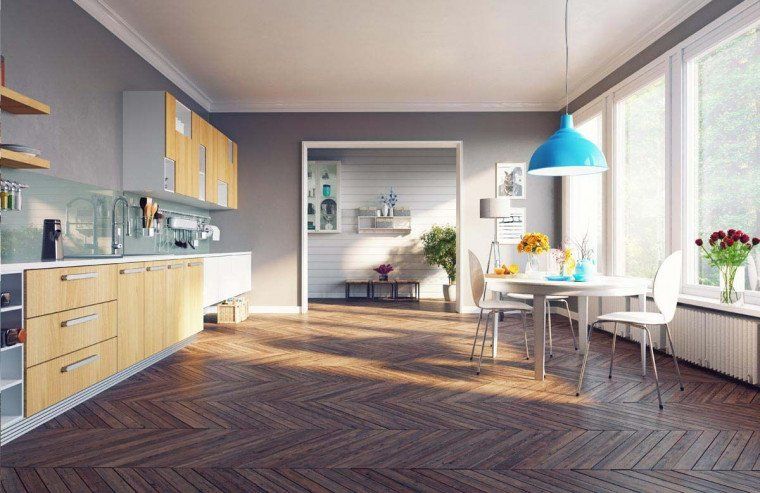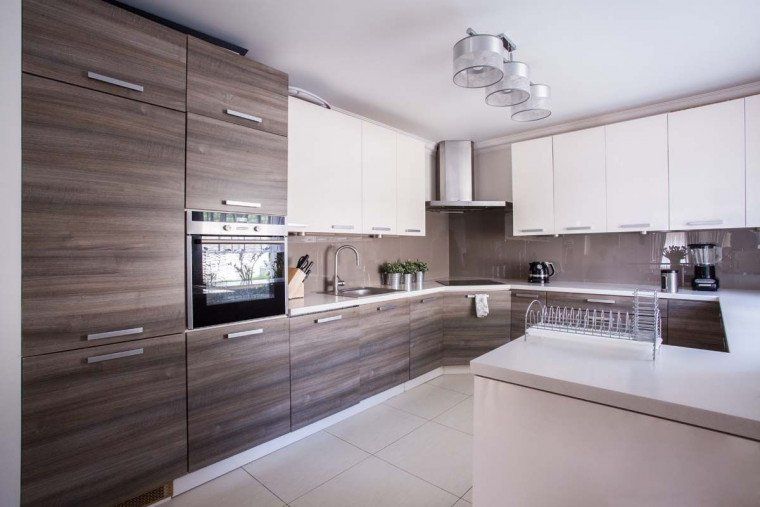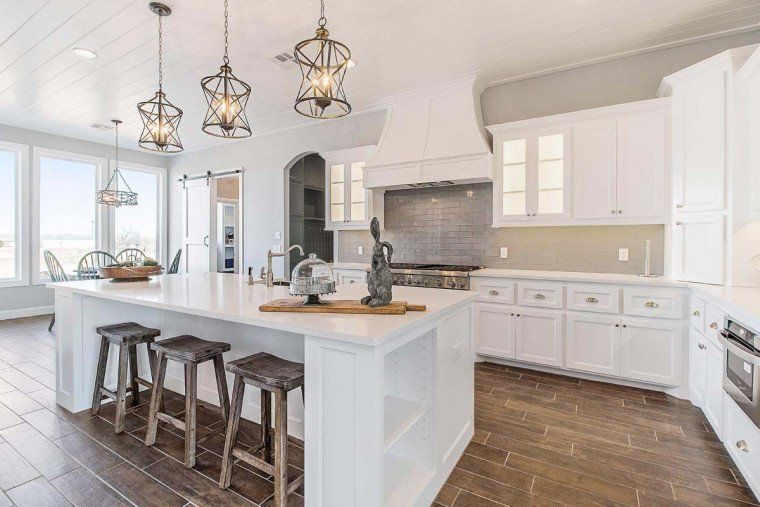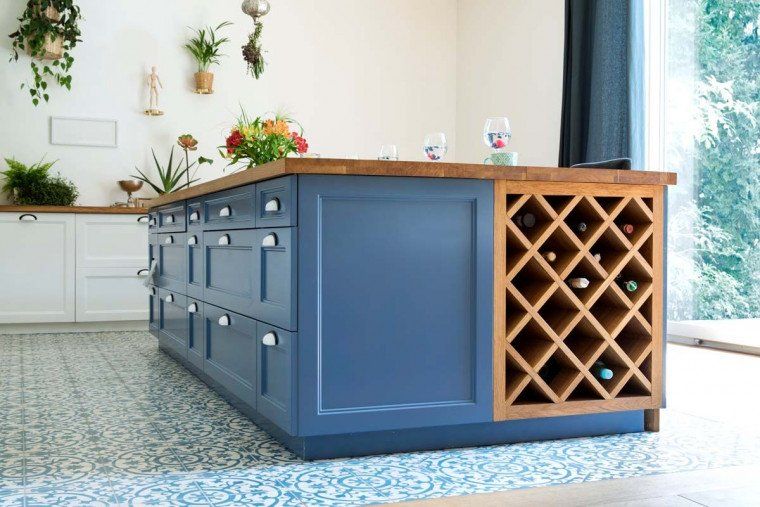Five Important Elements for an Appealing and Comfortable Kitchen Floor




While planning or renovating a kitchen, homeowners often focus more on the cabinet and kitchen appliance designs. The kitchen floor is sometimes overlooked so the design outcome often results in the floor being slippery or getting damp/wet easily.
Food spills can gradually turn into stains on the floor, especially if the floor material absorbs stains easily. This can surely spoil the comfort of doing activities in the kitchen and the kitchen appearance itself will become less attractive over time. To prevent this, here are five preventive tips to make your kitchen floor look appealing and comfortable.
Material

One of the most practical materials for kitchen floor is ceramic tiles. Besides its affordable price, this material is also water-resistant and often comes with stain-proof coating. You can also opt for an exposed cement floor for an industrial look in the kitchen. The exposed cement floor should be coated with good finishing to keep it long-lasting and resistant to water.
If you desire a warm kitchen, wooden floor can be your choice. Choose water-proof wooden material. There are also a variety of engineered wood materials available these days that are water-resistant and stain-proof. Keep in mind that wooden floor should be routinely maintained to keep its intended look.
Mortar and Grout

For ceramic kitchen floor, use adhesive specialised for it. Ceramic tile mortar will lower the risk of the ceramic popping or cracking. Grout is equally important. Using only cement as the filler between tiles may reduce the aesthetics of the ceramic tiles. As an alternative, use specialised tile filler or grout and match its colour to suit your tiles’.
Texture

For those who are quite active in the kitchen, choose matte finishing or textured floor coating. This ensures your safety while moving around the kitchen. A matte texture floor will lower the risk of injury or accident caused by wet or slippery floor. Texture on the floor can also act as a unique accent for the whole appearance of your kitchen.
Size

It would be better for a small kitchen to have big ceramic tiles cut, like 60 cm x 60 cm. The less filler or grout on the floor, the more spacious the room will seem. You can also minimise the grout size to reduce the gap between tiles. However, it is not entirely wrong to choose small ceramic tiles for a certain desired look. The same goes for parquet flooring; you can arrange the pieces to create a particular pattern to adorn your kitchen floor.
Colour and Pattern

You can match the floor colour and pattern to the overall theme of your kitchen. Most homeowners these days use patterned ceramic tiles and a plain white cabinet to embellish their kitchens. However, plain colour kitchen floor could also be a good choice. Choose neutral colours like grey or white for a clean kitchen look. Avoid using too many patterns on each side of the room. When it comes to patterns, balance is the key.




 Indonesia
Indonesia
 New Zealand
New Zealand
 Philippines
Philippines
 Hongkong
Hongkong
 Singapore
Singapore
 Malaysia
Malaysia







